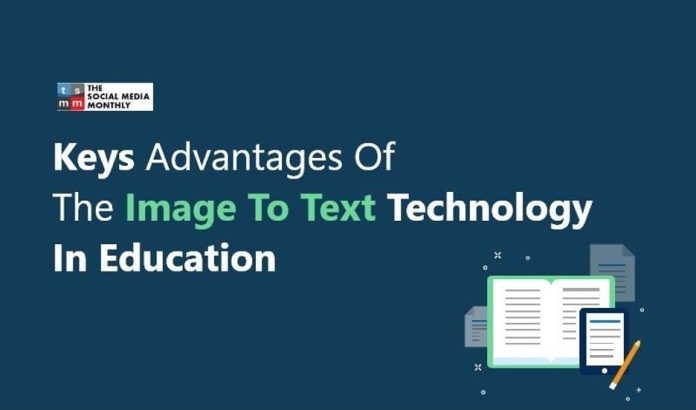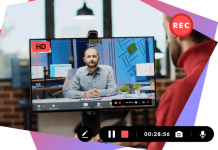OCR (optical character recognition) technology makes it simpler than ever to extract text from photos. OCR (optical character recognition) technology makes it simpler than ever to remove text from images. OCR enables us to carry out various beneficial tasks, including text-based picture searches, automated document copying, and even converting handwritten text into digital text.
How does optical character recognition work, though? What is the actual mechanism? By the end of this article, you’ll have a firm grasp of how computers can recognize letters and words, even though it may currently seem like black magic to you.
Well, we will talk about the ways that help us to use accurate image to text converter online.
Let’s dive in!
How Does Optical Character Recognition Work?
We must first comprehend what images are and how they are stored on computers to understand how text is extracted from an image. Photo-to-text technology helps to transform pictures into readable text.
A single dot of a specific color is known as a pixel. In essence, an image is made up of pixels. The resolution of an image increases with the number of pixels. A computer only recognizes that the first pixel is this color and the second pixel is that color when displaying a signpost picture; it is unaware that the image is a signpost. This means that text and non-text are identical to a computer, which is why optical character recognition is challenging.
Here’s how it functions, keeping that in mind.
Pre-Processing the Image:
The image must be altered precisely before the text can be extracted to make it easier and more successful. Pre-processing is known as various software solutions that employ multiple combinations of procedures.
Pre-processing methods that are more frequently used include:
Binarization:
The image is converted to either all black or all white pixels. To speed up the actual OCR process, it is intended to be apparent which pixels belong to text and which pixels belong to the backdrop. Photo-to-text automation proves helpful by providing precise results of images into text.
Deskew:
Characters may appear slanted or even upside-down because papers are rarely perfectly aligned when scanned. Identifying horizontal text lines and rotating the image to make them genuinely flat are the objectives of this exercise. Moreover, Using an accurate image-to-text converter online, convert pictures to text online.
Post-Processing the Image:
When all token matchings are complete, the OCR program might merely stop and show you the results. However, a little fudge is typically required to avoid getting utterly absurd results.
Lexical Restriction:
Every word is checked against a list of accepted terms, and any that don’t match are changed to their closest equivalents. A lexicon includes, for instance, a dictionary. This can be used to fix words that contain incorrect characters, such as “thorn” instead of “thorn.” If you add the use of the image to test automation with it, then you will find a perfect document without any grammar or any other mistakes.
Application-Specific Optimizations
A specific type of OCR specifically made for that setting may be employed when OCR is used in specialized situations, such as for medical or legal documents. For example, in certain circumstances, the OCR program might search for mathematical formulas, business-specific words, etc. Using an accurate image-to-text converter online is one of the great tools that help to set your legal documents by converting them into text without any fault.
Processing the Image:
First, every line of text in the image must have a baseline established as part of the OCR process (or if it were zoned in pre-processing, it would work through each zone one at a time). It deals with each specified line of characters separately.
The OCR program searches for vertical lines of non-text pixels to determine the character spacing for each string of characters (which should be evident with proper binarization). Between these non-text lines, each group of pixels is designated as a “token” that denotes a single character. Therefore, this process is known as a blockchain. At the same time, you can transform images into word files using a photo-to-text feature.
Bottom Lines:
These are some steps that help you to use image-to-text technology in a proper way that allows you to complete your work on time without any mistakes.














